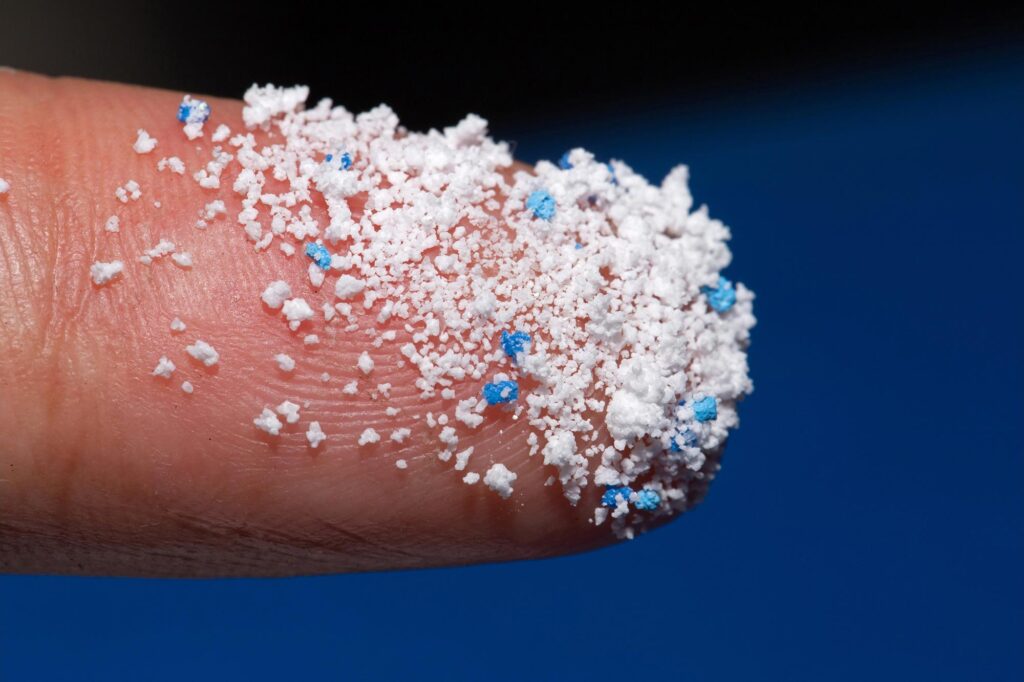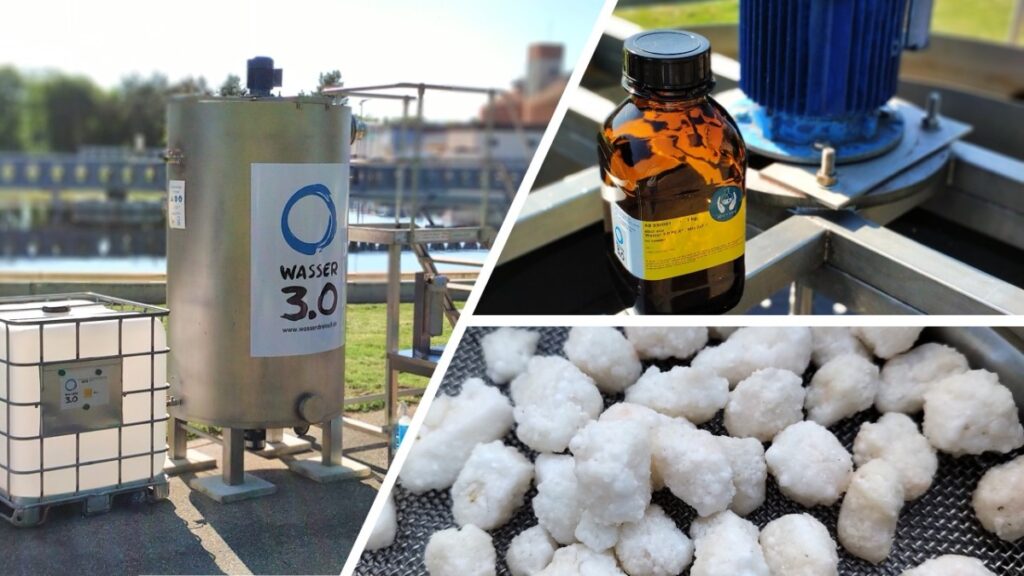It is easy to understand that the implications of letting something like the great pacific garbage patch grow, is going to be huge. The impact on the environment and animal life in the pacific is hard to fathom. This is why projects such as The Ocean Cleanup is so important.
What is microplastics

However, one problem with plastic in the ocean have a more serious implication on all life. Microplastics. When a plastic bag or bucket or any object made of plastic, breaks down it does not disappear. It is just broken down into smaller and smaller pieces until we have microplastics. One might be tempted to think that this is a good thing, it becomes like sand and is no longer a problem. Wrong. Microplastics contaminate everything and thereby is a threat to our ecosystems and our health.
Microplastics in nature and life forms
Microplastics has been detected not only in the oceans and in the Arctic ice, but also in animals and humans and even in our blood, lungs and breast milk. Anyone with a fair amount of imagination will understand that plastic is something you do not want to feed a newborn with. In a study of breast milk from 34 healthy mothers, microplastics were discovered in 75% of them. And according to another article by The Guardian “Microplastic particles have been revealed in the placentas of unborn babies”
According to a study by Australia’s national science agency CSIRO, there is an estimated 14 million metric tons of microplastics on the ocean floor. This makes the great pacific garbage patch look more and more like an iceberg of plastic waste where the bigger part of plastics is actually far below the surface.
The steadily increasing impact on the ecosystems and all life that microplastics creates is an increasingly worrisome problem. We cannot fully understand how this will impact generations to come.
How to tackle the problem of microplastics
The main problem is that there has not been any efficient and cost-effective way to effectively combat the increase of microplastics in nature. One way is of course to reduce the use of plastics in our daily life and industry in order to cut down the amounts of new plastic that will become microplastics in time. However, we need ways to clean nature of already existing microplastics.

Wasser 3.0 is a German company founded in 2020 that now believes they have created a process to clean water from microplastics before it enters the ocean. By creating a vortex in a water tank and adding a newly developed gel that acts as a clumping agent. Microplastics will be drawn together forming small clumps that will float up to the surface where they can be skimmed off.
British scientists Dr Erik van Sebille and and Peter Sherman used a model of Ocean plastic movements to determine the best areas to collect plastics in order to be the most efficient. They found that it would be best to deploy plastic collectors along the coasts and the Chinese and Indonesian coastlines in particular. While it is good that organisations such as The Ocean Cleanup is cleaning up the great pacific garbage patch, it might not be the most effective approach.
